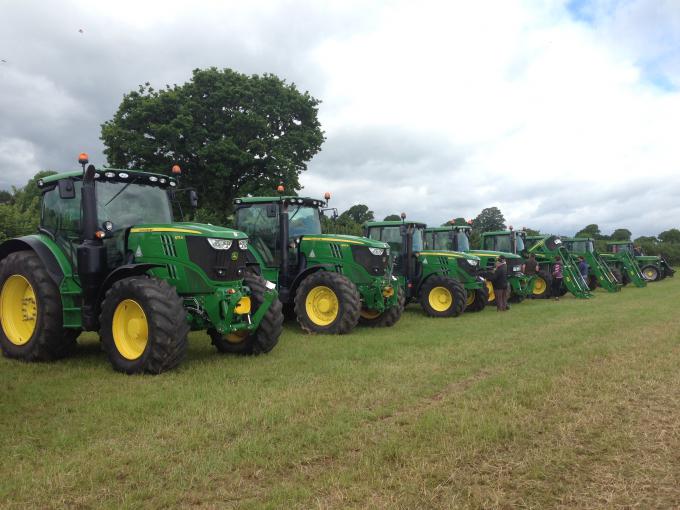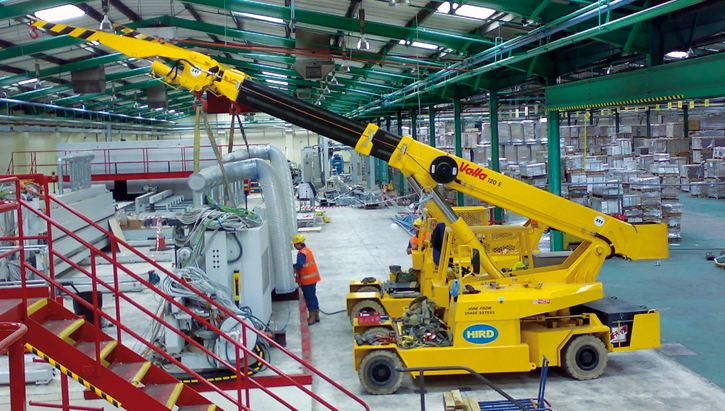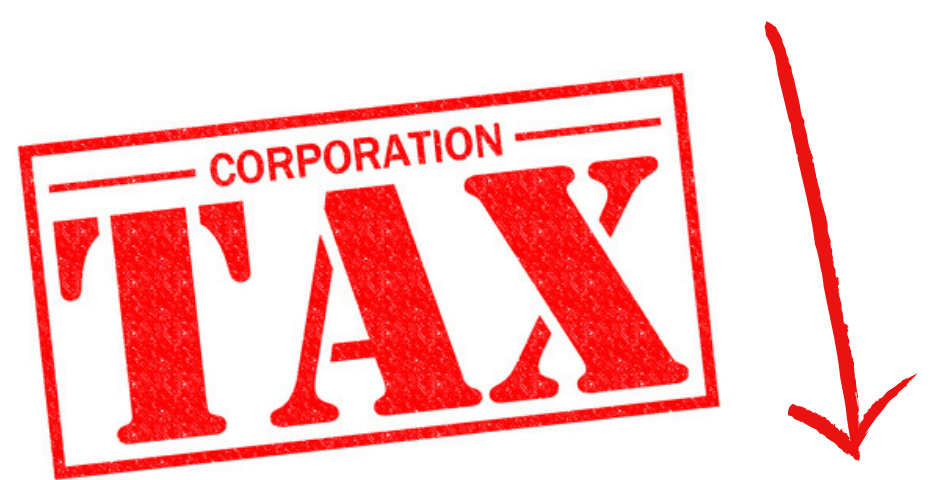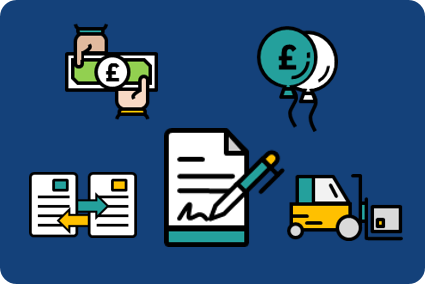How asset finance for business equipment can reduce your corporation tax bill

How to improve your business credit score
12th March 2019
Does your office need a facelift?
9th May 2019Regardless of the type of business that you’re running, you’ll always be looking to grow. And to do that, at some point, you will need to borrow some money to fund yourself. This cash will be used to either funding growth, kicking off your startup or purchasing more essential equipment.
To do this, asset finance via leasing is the most cost effective and beneficial solution. While buying your assets outright is a good option if owning the asset outright is important to you or you have the capital available, that form of purchasing can have a negative impact on your cash flow; leaving insufficient funds for other business overheads.
Leasing and Hire purchase asset finance

Whether your assets are in the form of IT equipment, vehicles, machines, office furniture, or any other equipment, leasing is a very popular financing scheme for this purpose which allows the purchase of these assets to develop as your output does.
Some lease arrangements let you buy the asset at the end of the agreement and you can often update your equipment without the expense of buying newer models. Smaller regular payments will leave you with more cash in the business.
Alternatively to leasing, with hire purchase asset finance, your business owns the asset once all the payments have been made. You can also claim capital allowances against tax from the beginning of a hire purchase contract. Additionally, the interest rate is likely to be less than the bank loan or overdraft that may be needed to buy the item outright.
In the UK, tax relief on assets is not sufficiently exploited by many small businesses, so, it is possible to cut the cost of borrowing further in a way that reduces your overall tax bill.
What exactly is tax relief?
By definition. Tax relief is the amount of money your corporation tax bill can be reduced by. When acquiring assets, the tax relief available is dependent upon the type and length of lease vs whether you buy them outright, which also affects whether VAT will be charged upfront or periodically.
only pay 20% of £90,000 i.e. £18,000. Your corporation tax liability would be reduced by £2,000.
How does leasing reduce corporation tax?
If your business makes a profit of £100,000 and your corporation tax rate is 20% that means that a corporation tax liability will arise of £20,000.
How does leasing reduce corporation tax?
If during the tax year your business spends £10,000 on leasing equipment then instead of paying 20% corporation tax on £100,000 you would only pay 20% of £90,000 i.e. £18,000. Your corporation tax liability would be reduced by £2,000.
How does this compare to tax allowances if the equipment is purchased outright?
Purchasing equipment outright means that you can befit from capital allowances. The percentage that can be claimed against equipment purchases as a capital allowance is 18%, and you won’t be able to claim on a reducing balance basis against your corporation tax at the rate you pay.

Comparing leasing/ hire purchase to outright asset purchasing
In the same example, equipment purchased for £10,000.00 + VAT would attract allowances as follows:
|
Year 1 |
Year 2 | Year 3 |
| 18% of £10,000.00 = £1,800.00 | 18% of £8200.00 = £1,476.00 |
18% of £6,724.00 = £1,210.32 |
|
20% of £1,800.00 = £360.00 |
20% of £1,476.00 = £295.20 |
20% of £1,210.32 = £242.06 |
|
Tax Relief = £360.00 |
Tax Relief = £295.20 |
Tax Relief = £242.06 |
| Total Tax Relief |
= £897.26 |
In comparison to the previous leasing example, there is a £2000 tax saving gained compared to the £897.26 total when purchasing assets outright. So, you can see why a lease could be a better solution for your business.
In a more appropriate manner than depreciation expense, separate from any tax benefit a company may gain, lease payments can reduce taxable income.
Other advantages of leasing or renting equipment
- Avoid investing as a lump sum upfront if you want to upgrade or replace equipment by continuing with lease and increasing the value of the borrowed amount
- Budget and manage cash flow better as your asset payments are fixed over an established period
- Include the cost of maintenance and risk of a breakdown in the lease contract when using either an operating lease or contract hire.
- Hold more cash in the business by paying a small deposit upfront
- Gain access to a higher standard of equipment that could otherwise not be afforded outright as your payments are less
- The full cost of lease rentals can be deducted from taxable income
- Gain capital allowances on long funding leases or long operating leases of over seven years



